The most appropriate time to prune grapes
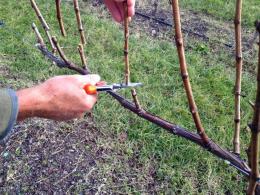
Previously, grapes were traditionally grown in the south using coverless technology. The development of frost-resistant varieties has increased the number of winegrowers and expanded the geography of cultivation. Grape grown in the south of Western Siberia, Altai, Urals, Far East and Moscow region.
Content:
- Autumn or spring is better for pruning
- Summer activities for a winegrower
- Autumn pruning rules
- Basic trimming
- Choosing the right tools
Autumn or spring is better for pruning
Correctly chosen time for pruning grapes will achieve the goals it pursues:
- Increase harvest volume
- Improve taste, increase size
- Stimulate maturation
- Make vine care easier
When growing grapevines using covering technology, the time for formative pruning is autumn. After pruning, it is easier to remove the vine from the trellis and put it away for the winter. Less covering material is needed. In the fall, cut wounds heal faster than in the spring.
Reference. In spring, it is recommended to prune non-fruiting, young vines. Unpruned vines endure winter more easily. Average daily temperature during trimmings no higher than 5°C.
Summer activities for a winegrower
In the summer, winegrowers engage in regulatory pruning, and to put it in the language of winegrowers:
- do a pinch
- stepson
- mint
- break out shoots
All these activities are aimed at ensuring that more nutrients reach the bunches. To do this, remove excess shoots. Berries on a well-lit vine ripen better.The absence of unnecessary branches improves the ventilation of the bush, the grapes are less likely to get sick.
Pinching - removal of the crown of the shoot (10 cm) is carried out before flowering. It stops growth and all the plant’s energy goes towards flowering. Stepchildren - lateral shoots, are removed in July after flowering has ended. This work is carried out weekly.
Chasing - deep pinching (40 cm) is needed to speed up ripening. It is held at the end of summer. Secateurs are not used; they are broken off by hand. On escape leave at least 14 leaves.
Autumn pruning rules
In autumn, pruning is carried out in two stages. Of these, the first stage is preparatory and begins after harvesting. The second stage is the main one, it begins after the leaves have flown around. Preparation includes removing:
- tops
- weak shoots
- two year old vines
- leaves
- fruit bearing links
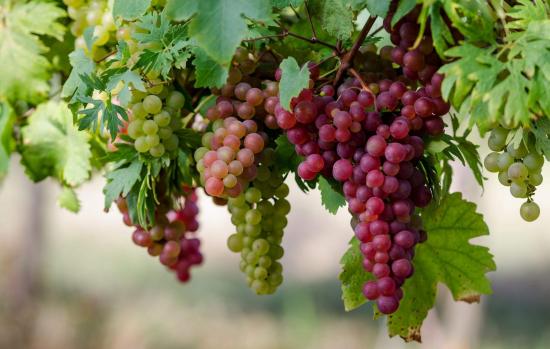
On a note. If pruning is neglected, the bush’s growth slows down, the buds at the base of the bush stop forming, shoots grow only on last year’s layering, and the yield drops noticeably.
Basic trimming
It is easier for a beginner to learn the rules of pruning young grape bushes; he cannot do it when pruning an old, neglected bush. In regions with a temperate climate, it is worth mastering the fan forming method. Advantages of the method:
- rational use of space
- bushes are easier to lay and cover for the winter
- after freezing, you can restore the sleeves
- you can regulate the yield of the vine
First two years
During this period, the winegrower forms the bush and prepares it for fruiting. In the first year you need to get 1, preferably 2 shoots with mature buds. A shoot about 7 mm thick is considered good. The winegrower will use them to form sleeves. In spring or autumn, one-year-old shoots are cut into 4 buds.
In the second summer season seedling forms 4-8 shoots. Unripe shoots are discarded and cut out. Strong, mature shoots are left. They are cut to 10-15 eyes long. It is recommended to start with 4 sleeves. Therefore, leave 4 shoots.
Third and subsequent years
On last year's vine, 2-4 vines grow from the left buds. From these, the winegrower forms a fruit link - a fruiting arrow, a replacement knot. The vine that is located below is put on a replacement knot, leaving no more than 3-4 buds. The number of eyes on a fruit shoot is from 8 to 10.
Pruning grapes on video:
In the fourth year, a fruit-bearing link is also formed. The vine that bears fruit in summer is cut out, leaving a 1.5 centimeter stump. With this pruning at the end of summer, a four-year-old bush consisting of 4 sleeves is obtained. In subsequent years, autumn pruning is needed to maintain the resulting shape. The old sleeves are cut out, preparing new ones according to the same pattern.
Choosing the right tools
The winegrower is faced with the task of minimizing the harm that pruning causes to the plant. A smooth cut guarantees quick healing of wounds. It is possible to obtain it if the winegrower has a quality tool at hand: pruning shears, loppers. According to the type of functions performed and the principle of operation, they are:
- bypass
- persistent
Bypass pruners needed for pruning non-lignified shoots (green). Smooth cutting without deformation is ensured by two curved blades: the cutting blade is convex on the top, sharpened on one side, and the bottom (stop) is concave without sharpening. The cutting blade moves along the support blade. This design allows you to make an even cut that quickly overgrows.
Persistent pruners are used to cut dry vines. Allowable diameter is 3 cm.The blades have a double-sided, wedge-shaped sharpening. During operation, the upper blade (cutting) rests against the lower (thrust) blade.
The model range is large. When choosing, the material from which the blades are made plays a role. High carbon steel blades sharpen well, but they rust. Stainless steel pruners do not suffer from rust, but are less sharp. The presence of additional functions makes the work easier:
- safety lock
- two modes - fast, power
- regulator allowing working width
The most convenient and expensive pruning shears have a ratcheting mechanism that allows you to trim thick branches without much effort. A lopper is a large pruning shear. According to the type of cutting, they also come in two types. Can cut branches 5 cm thick. Loppers made in Germany and Finland are popular.
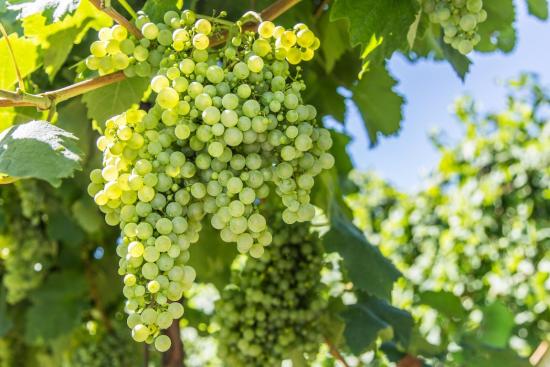
The most popular tools from companies are:
- Wolf-Garten
- Fiskars
- Gardena
There are many subtleties in growing grapes. Need to understand the features care and ways to form a grapevine before buying a seedling. Knowing the basic theory of pruning and a good tool, you can start growing grapes in your summer cottage.

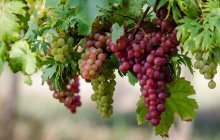
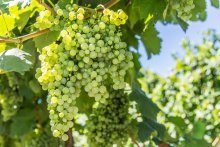
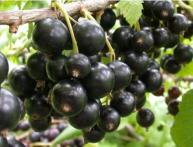
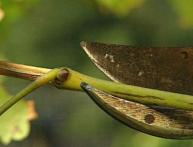
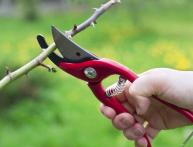

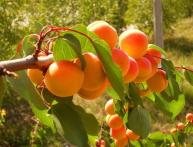
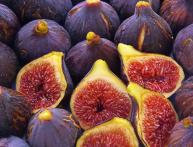
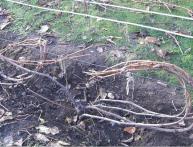
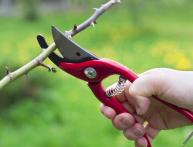
Comments
It turns out that the grapevine can be pruned both in autumn and in spring. The truth is that it depends on whether the grapes have borne fruit or not yet. If pruning is done at the right time, the clusters will be larger and they will ripen faster.
I prune grapes only in early spring, and then when it is already warm and there are no night frosts. I always leave two buds on each branch, cut off everything else, and then the harvest is good.
And I only prune grapes in the fall for two reasons: in the spring there is a lot of work in the garden, and the fact that everything is convenient enough to cover the grapes for the winter, since everything is convenient.